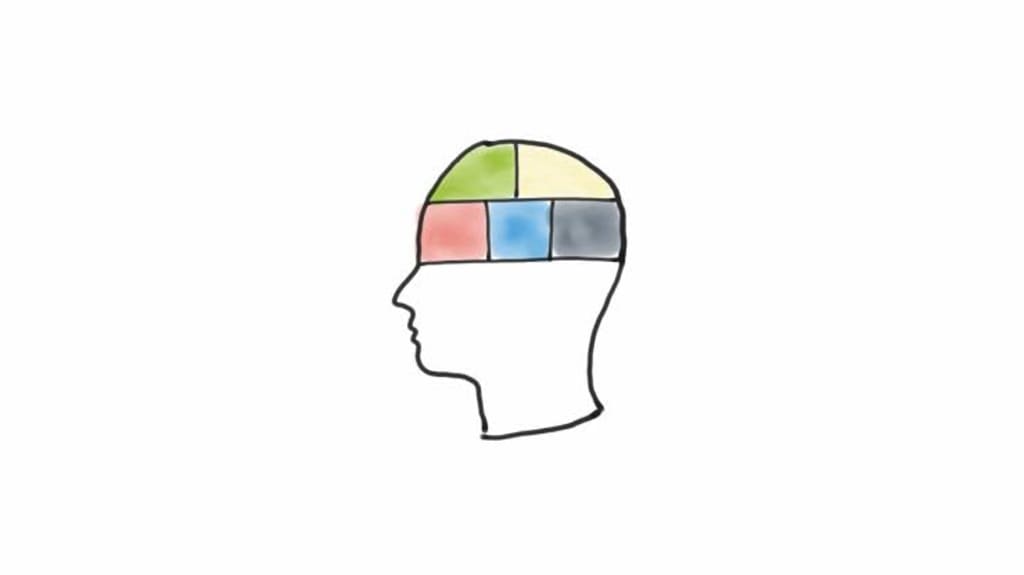
The 5 Elements of Effective Thinking" is a book written by Edward B. Burger and Michael Starbird, two mathematicians who offer a fresh and unique perspective on what it means to think effectively. The book, published in 2012, has been well received for its practical advice on how to improve one's thinking skills, which can be applied to any field or discipline. This essay will provide an overview of the five elements of effective thinking, and explore how they can be applied in real-world situations.
The first element of effective thinking is "understand deeply." This means taking the time to really understand the material or concept being studied, rather than simply memorizing it. According to Burger and Starbird, this involves asking questions, making connections, and looking for patterns. By understanding deeply, learners are able to make connections between different ideas and concepts, which helps them to retain information more effectively.
The second element is "make mistakes." Burger and Starbird argue that making mistakes is an important part of the learning process. By embracing mistakes, learners are able to identify areas where they need to improve, and can adjust their approach accordingly. In addition, making mistakes can help learners to develop resilience and a growth mindset, which are important qualities for success in any field.
The third element is "raise questions." This involves asking questions that go beyond the surface-level understanding of a topic. By asking deeper questions, learners are able to uncover new insights and perspectives that they may not have considered otherwise. This can lead to a more nuanced and comprehensive understanding of the topic, and can help learners to develop critical thinking skills.
The fourth element is "follow the flow of ideas." This involves exploring the connections between different ideas and concepts, and allowing one's thinking to be guided by these connections. By following the flow of ideas, learners are able to generate new insights and perspectives, and can develop a more flexible and creative approach to problem-solving.
The fifth and final element is "change." Burger and Starbird argue that effective thinkers are not afraid to change their approach when faced with new information or challenges. By embracing change, learners are able to adapt to new situations and challenges, and can continue to grow and develop their thinking skills over time.
Here are some additional points and examples related to "The 5 Elements of Effective Thinking":
Understand Deeply:
This element involves seeking to fully understand a topic, rather than just memorizing information. When we understand something deeply, we can make connections between different ideas and apply them in different situations. For example, a medical student who understands the underlying principles of a disease can better diagnose and treat patients, even if they present with symptoms that are not typical.
Make Mistakes:
Making mistakes is a natural part of the learning process. However, it can be challenging to accept mistakes and failures, especially in cultures that prioritize perfection and achievement. By embracing mistakes, learners can develop a growth mindset, which values learning and improvement over fixed abilities. For example, Thomas Edison made thousands of failed attempts at creating a light bulb before finally succeeding, saying "I have not failed. I've just found 10,000 ways that won't work."
Raise Questions:
Asking questions is a crucial part of effective thinking. By asking deep questions, learners can challenge assumptions and uncover new insights. This can lead to more innovative solutions and a better understanding of complex problems. For example, physicist Albert Einstein famously said, "I have no special talent, I am only passionately curious."
Follow the Flow of Ideas:
This element involves being open to exploring different ideas and perspectives, even if they don't seem immediately relevant. By following the flow of ideas, learners can make unexpected connections and generate creative solutions. For example, Steve Jobs was known for his ability to connect seemingly unrelated ideas, which led to the creation of the iPod, iPhone, and other groundbreaking products.
Change:
Finally, effective thinkers are willing to adapt and change their approach when faced with new information or challenges. This requires a willingness to step out of our comfort zones and take risks. For example, the founders of Airbnb initially struggled to get users to trust strangers to stay in their homes. However, they were willing to change their approach and create a system for verifying user identities, which helped to build trust and grow the platform.
Overall, "The 5 Elements of Effective Thinking" offers practical and actionable advice on how to improve one's thinking skills. By focusing on deep understanding, making mistakes, raising questions, following the flow of ideas, and embracing change, learners can develop the skills and mindset necessary for success in any field or discipline.
About the Creator
9FunFacts
belief in or acceptance of something as true.
Reader insights
Good effort
You have potential. Keep practicing and don’t give up!
Top insights
Compelling and original writing
Creative use of language & vocab
Easy to read and follow
Well-structured & engaging content
Excellent storytelling
Original narrative & well developed characters
Expert insights and opinions
Arguments were carefully researched and presented
Eye opening
Niche topic & fresh perspectives
Heartfelt and relatable
The story invoked strong personal emotions
Masterful proofreading
Zero grammar & spelling mistakes
On-point and relevant
Writing reflected the title & theme






Comments (4)
I’ve never read such an inspiring poem before. It’s great!
ok
lol
Nice ☺️☺️☺️